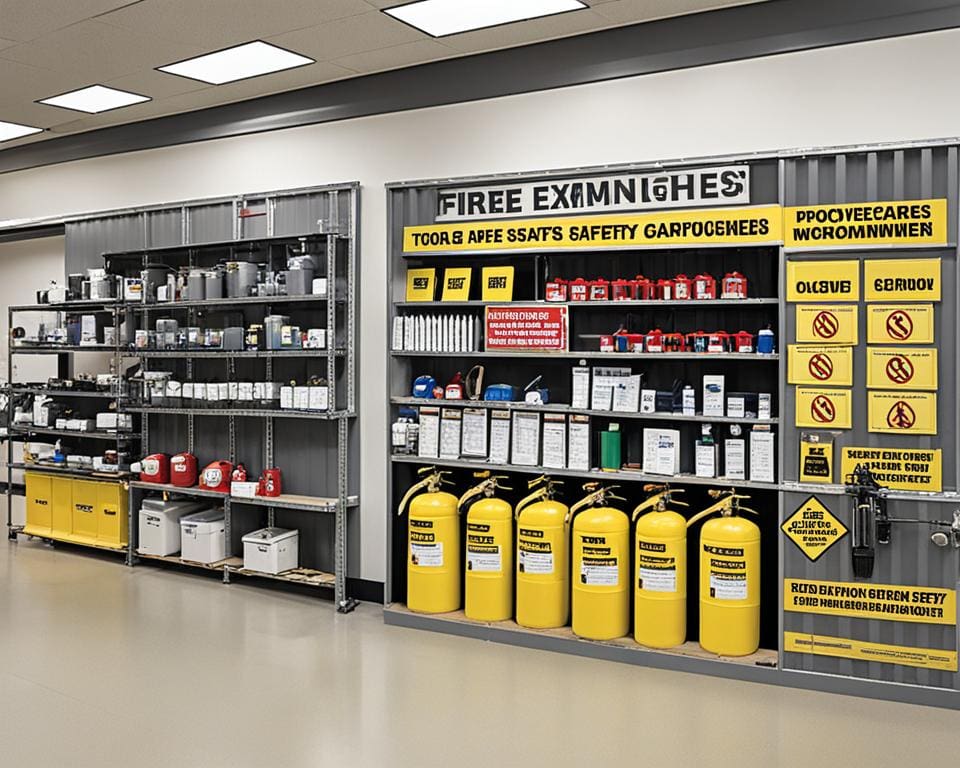In today’s fast-paced work environment, workplace safety is more than just a compliance issue; it is an intrinsic part of a company’s culture. Employers play a vital role in cultivating an atmosphere where safety is prioritized, fostering not just compliance but a sense of belonging among employees. By adhering to best practices for employers, organizations can enhance employee morale, boost productivity, and ultimately reduce workplace incidents. Central to this initiative is the necessity of effective safety training for employers, which empowers teams to recognize risks and act decisively to mitigate them. Understanding these principles is crucial, as employer responsibilities for safety extend beyond regulatory obligations; they encompass a commitment to creating an environment where every employee feels secure and valued.
Understanding Workplace Safety Regulations
Workplace safety regulations serve as fundamental guidelines for creating a safe working environment. These regulations, often set forth by authorities such as the Occupational Safety and Health Administration (OSHA), lay out the expectations for employers to protect their employees. Understanding these regulations is essential for implementing effective employer safety guidelines that prioritize health and well-being.
Overview of Key Regulations
Numerous workplace safety regulations cover various industries, ensuring that specific health and safety standards are met. Key regulations include:
- Standards for general industry, addressing a wide range of hazards that employees may encounter.
- Construction regulations, focusing on site safety, equipment use, and worker protection.
- Maritime safety rules, which cater to the unique risks present in shipping and dock work.
These regulations form the backbone of workplace safety compliance, guiding employers in risk assessment and hazard recognition.
Importance of Compliance for Employers
Compliance with workplace safety regulations is not merely a legal obligation; it significantly impacts the organization as a whole. When employers adhere to safety guidelines, they create an atmosphere of trust and security among their staff. Key benefits of workplace safety compliance include:
- Minimization of legal liabilities that can arise from workplace incidents.
- Reduction of workplace injuries, directly contributing to employee morale.
- Enhanced productivity as a safe environment enables employees to focus better on their tasks.
Ultimately, a commitment to compliance reflects an employer’s dedication to their workforce, cementing a culture of safety that benefits everyone.

Workplace Safety: Best Practices for Employers
Employers have a crucial role in ensuring a safe workplace. By implementing best practices for employers, businesses can foster a protective atmosphere where employees feel secure and valued. This leads to enhanced productivity and morale within the workforce. Key components of this effort include creating a safe work environment and effective safety training programs.
Creating a Safe Work Environment
Creating a safe work environment is fundamental in minimizing workplace injuries. Employers should focus on the following aspects:
- Conduct regular safety audits to identify hazards.
- Ensure ergonomic setups to prevent strain and injuries.
- Provide appropriate safety equipment and ensure its proper use.
Taking these steps not only protects employees but also enhances overall workplace culture. Engaged employees are more likely to support safety initiatives and contribute to a positive work environment.
Implementing Effective Safety Training for Employers
Safety training for employers should go beyond mere compliance. Effective programs engage employees at all levels, helping them understand the importance of workplace safety. Key strategies include:
- Creating interactive training sessions that encourage participation.
- Providing regular updates to training materials to address new risks.
- Incorporating hands-on practice in real scenarios.
By investing in comprehensive safety training, employers empower their teams to prioritize safety, aiding in lower injury claims and fostering a culture that values well-being.
Employer Responsibilities for Safety
Employers play a critical role in ensuring a safe work environment. Understanding the employer responsibilities for safety is the first step toward effective workplace injury prevention. By actively identifying hazards and risks, creating safety protocols, and instilling a culture of safety, organizations foster a work atmosphere that prioritizes the health and well-being of every employee.
Identifying Hazards and Risks in the Workplace
Regular assessments through inspections and employee feedback are essential for identifying potential hazards. Employers should encourage their teams to voice concerns about unsafe conditions, promoting a collaborative approach to workplace safety. Utilizing a systematic hazard identification process can significantly reduce risks, and integrating feedback directly from employees enhances the effectiveness of occupational health and safety practices.
Establishing Safety Protocols and Guidelines
Once risks have been identified, it is crucial to develop and implement robust safety protocols and guidelines. These measures should be clear, accessible, and regularly updated to address the evolving nature of workplace risks. Training sessions, safety drills, and easy-to-follow documentation can empower employees to take an active role in their safety, reinforcing the organization’s commitment to the well-being of its workforce.
Fostering a Culture of Safety
Creating a culture of safety involves more than just setting guidelines; it requires a mindset shift within the organization. Employers can cultivate this culture by encouraging open communication about safety issues and recognizing proactive safety measures taken by employees. When workers feel valued and empowered to report hazards without fear of retaliation, it contributes to a more engaged and productive workforce, leading to effective workplace injury prevention and a healthier work environment.









